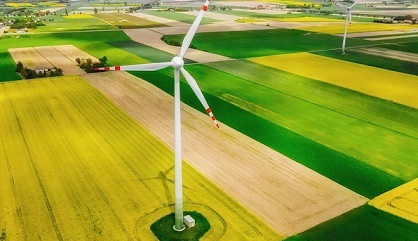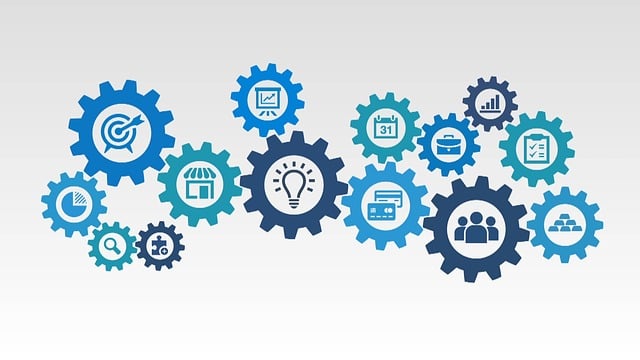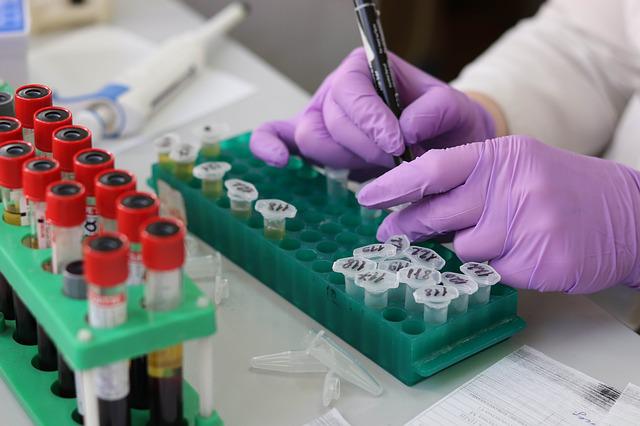Test Amit sep
Energy Consumption data: Green Energy Companies and Hydrogen Industry

Some of the leading green hydrogen companies in India include:
- Tata Chemicals
- Hindustan Petroleum Corporation Limited (HPCL)
- Indian Oil Corporation Limited (IOCL)
- Bharat Petroleum Corporation Limited (BPCL)
- NTPC Limited
As of 2021, India's total energy requirement is one of the fastest growing in the world due to the country's large population, increasing industrialization, and urbanization. According to the International Energy Agency (IEA), India's total primary energy demand was around 953 Mtoe (million tons of oil equivalent) in 2019 and is expected to continue to grow. GOI has set a target to achieve 40% of its total electricity generation from non-fossil fuel sources by 2030. In addition, it has made significant efforts to increase the use of renewable energy sources, including solar, wind, hydropower, and bioenergy. Despite these efforts, fossil fuels are expected to play a significant role in meeting India's energy needs in the coming years. As a result, the country will likely continue to rely on coal, oil, and natural gas for most of its energy needs.
Energy consumption in India has been growing rapidly in recent years due to the country's growing population and economic development. According to the International Energy Agency (IEA), India's primary energy consumption increased by 3.3% in 2020, making it the world's third-largest energy consumer.
Coal remains India's most significant energy source, accounting for more than half of the country's total energy consumption. However, India is also making significant investments in renewable energy sources, such as wind and solar energy, to reduce its carbon emissions and increase its use of clean energy.
In addition to increasing its use of renewable energy, India is also implementing energy-efficient technologies and practices to reduce its overall energy consumption. GOI has set ambitious targets for deploying renewable energy and energy efficiency measures, which aim to reduce the country's carbon footprint and support sustainable economic growth.
Coal is India's primary energy source, accounting for over 55% of the country's total electricity generation. As of 2021, India has the world's third-largest coal reserves and is the fourth-largest coal producer globally. The use of coal in power generation has been criticized for its significant contribution to air pollution and greenhouse gas emissions. However, due to its abundance and reliability, coal remains an essential energy source in India. The Indian government (GOI) has set a target to achieve 40% of its total electricity generation from non-fossil fuel sources by 2030.
Hydropower: an important source of renewable energy in India. As of 2021, it accounts for around 15% of the country's total installed power capacity. India has significant hydropower potential, especially in the northeast and the Himalayas mountain regions. GOI has set a target to achieve 40% of its total electricity generation from non-fossil fuel sources by 2030. It has made efforts to increase the use of renewable energy sources, including hydropower. Despite this, developing hydropower projects in India has faced several challenges, such as environmental concerns, social and cultural impact on local communities, and limited funding. GOI has implemented several policies and programs to promote the growth of the hydropower sector and attract private investment.
As of 2021, India is the fourth-largest wind power producer in the world, with a total installed capacity of over 37 GW. The GOI has set a target to achieve 40% of its total electricity generation from non-fossil fuel sources by 2030. Accordingly, it has made efforts to increase the use of renewable energy sources, including wind power. The Indian wind energy sector has been growing rapidly in recent years due to favorable policies, declining costs, and growing demand for clean energy. India's wind power potential is estimated to be one of the largest in the world, with a potential capacity of 302 GW at 80-meter hub heights. GOI has implemented several policies and programs to promote the growth of the wind energy sector and attract private investment.
Thermal power is a significant energy source in India, accounting for over 60% of the country's total electricity generation. Thermal power plants in India primarily use coal as a fuel, although there are also plants that use natural gas and petroleum products. India has large coal reserves, and the abundant availability of coal has made it the dominant fuel for thermal power generation in the country. Despite the increasing use of renewable energy sources, thermal power is expected to play a significant role in India's energy mix in the coming years. GOI has implemented several policies and programs to increase energy efficiency, reduce emissions, and promote cleaner fuels in the thermal power sector. However, the use of coal in thermal power generation has been criticized for its significant contribution to air pollution and greenhouse gas emissions.
Solar power is a rapidly growing source of energy in India. As of 2021, India has the world's third-largest installed solar capacity, with over 40 GW of installed capacity. GOI has set a target to achieve 40% of its total electricity generation from non-fossil fuel sources by 2030. It has significantly increased renewable energy sources, including solar power. The Indian solar energy sector has been growing rapidly in recent years due to favorable policies, declining costs, and increasing demand for clean energy. India has significant solar power potential, with an estimated potential capacity of 748 GW at a capacity factor of 20%.
Bioenergy is a growing source of renewable energy in India. It is produced from organic matter, such as crops, forestry products, and waste, and can be used for heating, electricity generation, and transportation. As of 2021, the use of bioenergy in India primarily includes the use of biomass, such as wood and agricultural waste, for cooking and heating, as well as the use of biogas, made from organic waste, for cooking and electricity generation. GOI has set a target to achieve 40% of its total electricity generation from non-fossil fuel resources by 2030 and has made efforts to increase the use of renewable energy sources, including bioenergy. The Indian bioenergy sector has significant potential for growth due to the country's large and growing population, increasing urbanization, and large amounts of agricultural and industrial waste. GOI has implemented several policies and programs to promote the growth of the bioenergy sector and attract private investment.
Many companies are involved in producing, distributing, and using hydrogen.
Some of the major players in the hydrogen industry include:
- Air Liquide
- Linde
- Air Products
- Iwatani Corporation
- Hydrogenics
- Plug Power
- Ballard Power Systems
- Nel Hydrogen
- ITM Power
These companies are involved in various aspects of the hydrogen value chain, including hydrogen production, storage, transportation, and distribution, as well as the development and manufacturing of fuel cells and other hydrogen-powered technologies.
Green hydrogen companies in India focus on producing hydrogen through renewable energy sources, such as solar and wind power, on reducing carbon emissions and supporting sustainable energy production.
Some of the leading green hydrogen companies in India include:
- Tata Chemicals
- Hindustan Petroleum Corporation Limited (HPCL)
- Indian Oil Corporation Limited (IOCL)
- Bharat Petroleum Corporation Limited (BPCL)
- NTPC Limited
These companies are exploring the potential of green hydrogen production in India and are working towards increasing its use in various industries such as transportation, power generation, and chemicals.
A green energy company is a business that produces or provides energy from renewable sources such as wind, solar, hydro, geothermal, and biomass. These companies aim to reduce dependence on non-renewable sources and contribute to a cleaner and more sustainable energy mix.
Some examples of green energy companies include:
- NextEra Energy
- First Solar
- Brookfield Renewable
- Enel Green Power
- Ørsted
These companies are at the forefront of the transition to a low-carbon energy system. They are investing in renewable energy projects worldwide to reduce the impact of energy production on the environment.
Green energy companies in India focus on producing and providing renewable energy to support the country's growing energy demand while reducing its carbon footprint. Some of the leading green energy companies in India include:
- ReNew Power
- Tata Power Renewable Energy
- Hero Future Energies
- Greenko Group
- Adani Green Energy Limited
These companies are actively investing in solar, wind, and hydropower projects in India and are playing a key role in the country's efforts to increase the use of renewable energy and reduce its dependence on non-renewable sources.
How would you rate this Article ?
Press the number of stars to rate this Magazine.
4.5 Author Points.
Based on 20 Magazines written by this author.
4 Magazine Points.
Based on 1 Ratings.



































Please Sign In or Sign Up to leave a Comment.